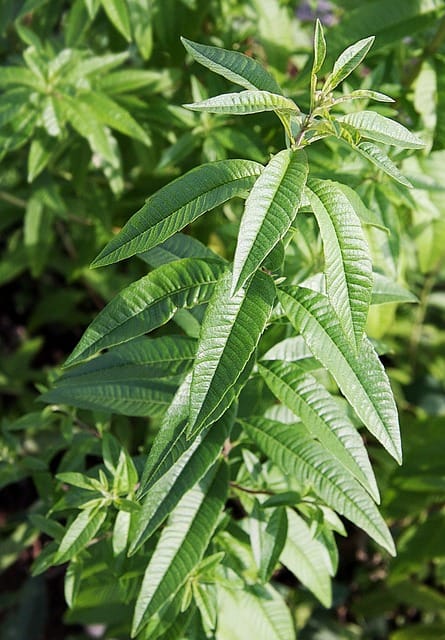How to grow Lemon verbena
The lemon verbena herb, also known as Aloysia citrodora, is a popular aromatic herb used in teas, desserts, and culinary preparations

In this article:
Introduction
The lemon verbena herb, also known as Aloysia citrodora, is a popular aromatic herb used in teas, desserts, and culinary preparations. Known for its lemony scent and refreshing flavor, growing lemon verbena in your garden can provide you with a fresh supply of leaves for various uses. In this article, we will guide you through the steps to successfully grow and maintain lemon verbena plants.
Choosing the Right Location
Lemon verbena plants require a sunny location with at least 6-8 hours of direct sunlight each day. Choose a spot in your garden that receives ample sunlight and provides protection from strong winds. Lemon verbena plants thrive in warm climates, so ensure that the location you select has a moderate temperature throughout the year.
Soil Requirements
Lemon verbena prefers well-draining soil with a pH level between 6.0 and 7.5. Prepare the soil by adding organic matter like compost to improve drainage and enhance nutrient availability. Avoid heavy clay soils that retain too much water as it can lead to root rot.
Planting Lemon Verbena
Plant lemon verbena in the spring after the last frost has passed. Dig a hole twice the size of the root ball and gently place the plant in the hole, making sure it is leveled with the surrounding soil. Backfill the hole and lightly tamp the soil around the plant. Space the plants about 2-3 feet apart to provide sufficient airflow and prevent crowding.
Watering and Fertilizing
Keep the soil moist but not waterlogged during the initial growth period. Once established, lemon verbena is relatively drought-tolerant, so avoid overwatering. Apply a slow-release organic fertilizer in the early spring to promote healthy growth. Additionally, you can supplement with liquid seaweed or compost tea throughout the growing season.
Pruning and Shaping
Regular pruning is essential for maintaining the shape and size of lemon verbena plants. Prune back the stems in the early spring to encourage new growth and remove any dead or damaged branches. You can also prune throughout the growing season to encourage bushier growth and prevent leggy plants.
Controlling Pests and Diseases
Lemon verbena is generally resistant to pests and diseases. However, occasional infestations of aphids, spider mites, or whiteflies may occur. Monitor your plants regularly and use organic insecticidal soap or neem oil to control these pests. Avoid overwatering, as it can lead to fungal diseases. If you notice signs of disease, such as leaf spots or powdery mildew, remove the affected parts and ensure good air circulation around the plant.
Harvesting Lemon Verbena Leaves
Harvesting lemon verbena leaves is best done in the morning after the dew has dried but before the heat of the day. Select young, healthy leaves and either pluck them individually or cut stems with sharp shears. Regular harvesting promotes new growth and ensures a continuous supply of fresh leaves throughout the growing season.
Storing and Using Lemon Verbena Leaves
To retain the flavor and aroma of lemon verbena leaves, you can dry them. Hang the stems upside down in a well-ventilated area away from direct sunlight until the leaves are dry and crumbly. Store the dried leaves in an airtight container in a cool, dry place. Use the dry leaves to make tea infusions, herbal blends, or use them as a flavoring in desserts and savory dishes.
Propagating Lemon Verbena Plants
Lemon verbena can be propagated through stem cuttings or by dividing mature plants. Take 4-6 inch cuttings from healthy stems, remove the lower leaves, and dip the cut ends in rooting hormone. Plant the cuttings in a container filled with a well-draining potting mix and keep them in a warm and humid environment until they develop roots. Dividing mature plants is another method of propagation, best done in the early spring when the plant is dormant.
Common Mistakes to Avoid
- Avoid overwatering or underwatering your lemon verbena plants to prevent root rot or dehydration.
- Do not plant lemon verbena in heavy clay soil that retains water.
- Avoid overcrowding the plants, as it can promote disease and hinder airflow.
- Do not use chemical pesticides or fertilizers that may harm beneficial insects or contaminate the leaves.
Conclusion
By following these guidelines, you can successfully grow lemon verbena herb in your garden. From choosing the right location to harvesting and storing the leaves, each step is crucial to ensure healthy and aromatic plants. Enjoy the fresh lemony fragrance and flavor that this herb brings to your garden and culinary creations.
